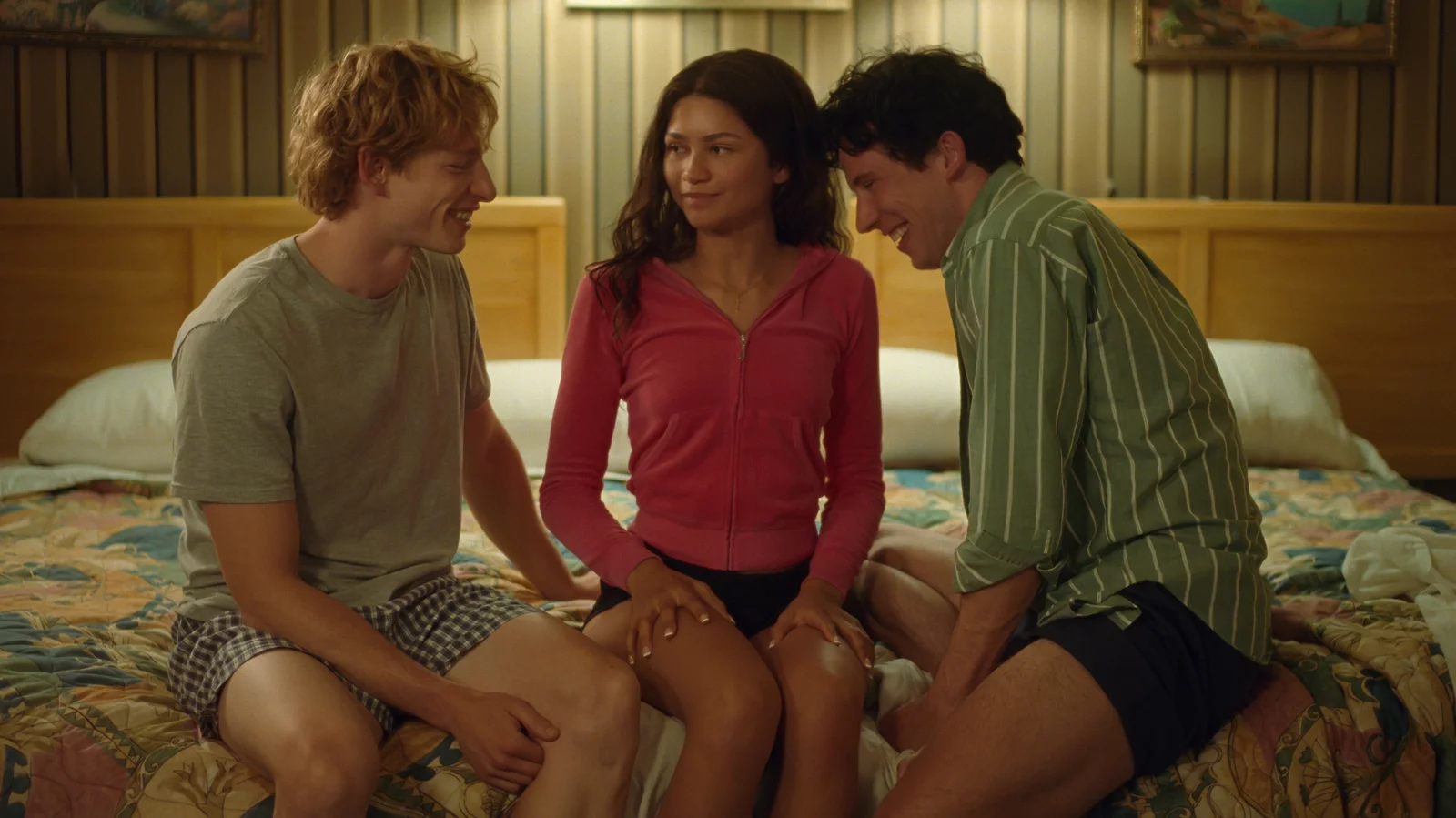
Everyone has an opinion on laugh tracks. This is actually the best part of being a media critic; you get to push your glasses up your nose, sniff as egotistically as possible, and complain about old sitcoms and their overreliance on laugh tracks.
It’s a really interesting response to what was at some point the most ubiquitous sign of American television to ever exist. There are so many shows from so many eras that make use of the laugh track. Whether it’s a live studio audience or canned laughter piped in from speakers just outside of our view, there’s been a goal to just have somebody laughing, to tell us something is a joke.
This isn’t just an article about laugh tracks, though, and it sure ain’t a history. It’s more a sort of look at the thing that we all love to hate. And it’s really because I saw one of those “‘Friends’ is weird without its laugh track” compilations and I have a LOT to say about it.
Never seen one? Familiarize yourself here: https://www.youtube.com/watch?v=4H6Ux3l75Rc
Sorry for those reading on paper, but for all you reading on the interwebs, you should be one click away from watching Ross Geller, noted ladies man and star of hit show “Friends,” act like a character straight out of a horror movie.
Now, the clip I chose does some deliberate editorializing, and the color scheme is a bit muted for a show about six very stupid thirty-year-olds enjoying themselves in New York City. (Author’s minor existential crisis: THEY WERE 24 WHEN THE SHOW STARTED? Shoot, I have four years to get myself a hit TV show.) But the narrative that this clip portrays is still one that’s very important — these shows did not have comedic timing, or really, any humor, if you take away the laugh track.
That’s a great point, actually. If you remove the laugh track, the entire show gets more stilted, the constant pauses to wait for comedy can mess with the flow of the jokes, and oftentimes a laugh track isn’t really setting up something that’s laugh-out-loud, collapse-in-the-seats-wheezing funny.
So what exactly does it do?
Well, firstly, the premises I gave you are entirely false. A laugh track cannot be taken out of a sitcom, because a sitcom, or anything that uses one, is fundamentally designed around it. Jokes are held, lines are held, poses are held, to wait for the laugh, and if you don’t wait for the laugh, then you end up doing things while people are laughing and then they laugh at the thing you’re doing and at that point you’re just sort of doing things while laughing and that’s just no good.
The thing is, you can’t just remove laugh tracks from a sitcom and talk about it, just like you can’t remove an audience from a stand-up comic’s bit and expect it to hit the same. And if you think about why, it makes sense.
So much of comedy isn’t explicitly funny. Think about funny things you’ve said. C’mon, dig deep, think about them. Many of them won’t be setup-setup-punchline, or something you could transition to comic or joke form, because a lot of jokes rely on some sort of in-group dynamic. Something is funny because of a number of things that surround the funny thing, not because the thing itself, in another context, is funny.
And yes, a sitcom’s goal is to create that comedy, but what’s more important is to surround that comedy in such a way that it is communicated. A sitcom isn’t a standup or a joke book. Even with the comedy, it’s meant to draw you in. You’re seeing a chunk of these people’s lives, and thus you are clued into their dumb jokes and little in-group dynamics.
There’s a scene in “Friends” where the three male cast members start dancing to a tape of “In the Jungle the Mighty Jungle” that has been played by a monkey and, my God, it is absolutely hilarious.
Well.
Not really. If you’re like me and you smile at everything, maybe the description got you. Maybe you scrunched up your nose, but odds are, you read that stone-faced and said, “Okay.” Well, mentally at least.
Even in the episode, the joke is more “these are three guys doing something dumb and I am telling you to laugh because this is just what those three guys do.”
And we’d know that if we’ve watched every single episode of “Friends,” and that one ad they did, and the side media and all these other things, because we’d be a part of the in-group.
But if you just tuned in on a rainy Saturday when there’s nothing good on and your whole TV subscription feels like a waste of time? You’re not part of that in-group. If you only watched a few episodes here and there, you’re not going to GET the jokes that you’d know if you were familiar with these people.
To some extent, that’s what the laugh track intends to do. It’s not there to signpost obvious jokes, because you’ll get those, trust me, you’ll get them, they are not subtle. It’s there to help you pick up on the dynamics and humor you wouldn’t get if you weren’t already a fan. “Look,” the laugh track says, “this is funny — and you’ll figure out why.” It’s like meeting a new group and listening in to their conversation — when they laugh, you laugh, because you know it’s okay.
So that’s the power of the laugh track, and why it was such a huge deal during the height of the sitcom. But with the wane of the episode-at-a-time format, when suddenly it became expected that people watched everything and that everything was known, it became harder to justify the idea that we were gonna have dead air to clue someone in on a dynamic. “They better know the dynamic, we only made six episodes and a Christmas special and they all released on the same day,” some network exec mutters, and he’s right. The new landscape of shows is geared far away from those bored Saturdays into media designed to be consumed sequentially — a new style, sure, but not one that needs in-group dynamics explained to a new viewer. It’s a good indicator that we don’t need laugh tracks anymore. We’ve made it to the point where we expect people to get every joke made — and that’s a new frontier for broadcast TV in general.






Leave a Reply